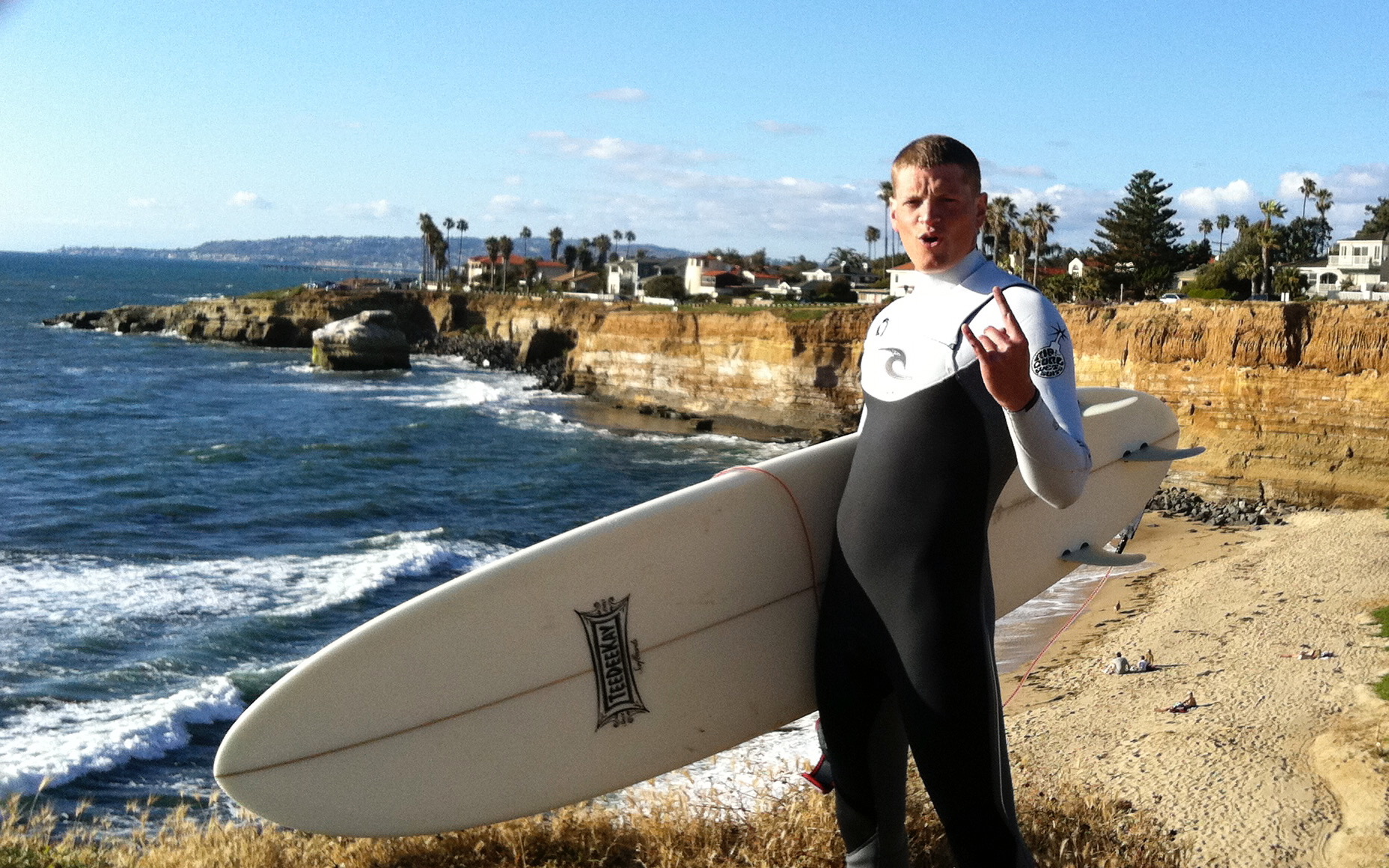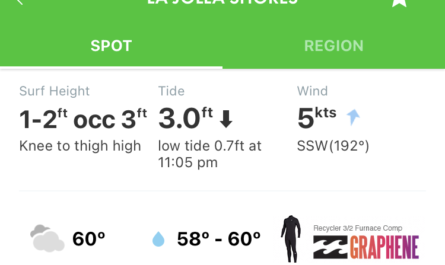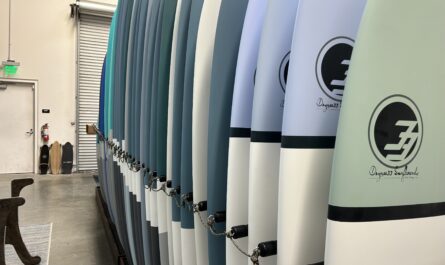The water is cool, the sun is down, and you are hoping with everything that you can stay warm while surfing. No matter the time of day, it’s never fun to cut a session short due to being cold.
In this post, we are going to share our best tips to stay warm surfing both in and out of a wetsuit and our recommended gear to help keep you toasty.
How to Stay Warm Surfing Without a Wetsuit
To begin, let’s talk about how to stay warm surfing without a wetsuit. You might be wondering why that’s even necessary. Well let’s face it, you might be braving cool water by stripping your wetsuit before winter is over. Alternatively, you could be somewhere tropical, but you are attempting to extend your surf session for hours. Whatever the situation, follow these tips to stay warm surfing without a wetsuit.
Stay Active. Start moving if you find yourself beginning to get cold. Rather than in sitting in position waiting for a wave; paddle up and down the lineup. This will keep your internal body temperature up. If you get lucky, you will paddle yourself right into position for a good wave 😉
Minimize Duck Diving. It’s hard to stay dry while surfing. However, if a cool breeze is blowing; it can sting your wet face. To avoid this, do your best to not submerge your head. A dry head is warmer than a wet head after all.
Armpits. Tuck your hands under your armpits to warm your hands up and ball your body temperature into a tighter area.
Time of Day. Obviously, dawn patrol and sunset surf sessions are going to be cooler than that mid-day sunshine. As such, choose the time of day you surf wisely if you don’t plan to wear a wetsuit.
Ultimately, staying warm while surfing without a wetsuit comes down to keeping your internal body temperature up. The solution should be simple – catch more waves! The more you are moving, the warmer you will be!
What to Wear When Surfing in Cold Water?
Next, choose what to wear when surfing in cold water. The right wetsuit is going to be your best protection from cold water. Wetsuits start at 2mm for mild ocean temperatures and go as thick as 6/5mm plus for icy cold conditions. The millimeter number measures the thickness of the wetsuit. The colder the water, the thicker the wetsuit. My wetsuit guide will ensure you choose the proper wetsuit based on water temperatures you are surfing in.

Beyond a wetsuit, there is additional gear you can wear when surfing in cold water to retain warmth.
Surf booties: My feet are usually the limb of my body that get cold first when internal temperature drops. If your feet are cold, it will make gripping your board difficult. A good pair of surf booties will go a long way toward keeping your feet warm. Surf booties are made from wetsuit lining and come in different thicknesses.

Hoodie: A wetsuit hoodie is normally not needed to stay warm surfing unless you are in water temperatures below 60 degrees Fahrenheit. Hoodies are either purchased separately to slip over your head or some come built into thicker wetsuits.

Gloves: Another useful piece of gear to wear when surfing in really cold water. Like surf booties, gloves are built with wetsuit lining material.

Rash Guard: If you are surfing in really cold water, you can try wearing a rash guard under your wetsuit. At this point, you are looking for any extra bit of warmth and insulation you can get. Although rash guards are thin, that extra insulating layer goes a long way.

In summary, consider the above gear your essentials for cold water warriors. By upgrading your layers, you can continue to stay warm while surfing in even the coldest waters.
Staying Warm After Surfing
After a long surf session, especially a cold session; nothing feels better than a warm shower. However, a warm shower isn’t always nearby. Here are some tips to stay warm after surfing before you get to a warm faucet.
- Run to your car/belongings to keep that body temperature warm.
- Having a towel handy to dry off or better yet, a surf poncho to wear after taking off your wetsuit is clutch.

- Have other warm clothes on hand like sweatpants, hoodie, beanie, gloves.
- If you are driving home, crank that heat in your car.
Finally, once you get home – turn on that hot shower for one of the best feelings ever after a cold surf. Your feet and hands will tingle as the warm water brings the sensation back to your limbs.
Staying warm while surfing and after surfing is key – hope these tips have helped!
Surfing Conditions and Temperatures in San Diego
Fortunately, San Diego is pretty mild. In fact, it is one of the five Mediterranean climate zones in the world. As such, it isn’t too difficult to stay warm while surfing in San Diego.
Summers are warm and you can usually wear board shorts while surfing in San Diego. However, the rest of the year; especially winter are much cooler. A wetsuit is almost a requirement to stay warm surfing in San Diego throughout Autumn, Winter, and Spring. While the air temperature never gets too low, the water temperature can dip below 60 degrees Fahrenheit in the winter (see San Diego Ocean Temperature Guide by Season). As such, a thicker wetsuit like a 4/3 and sometimes even booties, gloves, and a hood are needed.
Ultimately, it comes down to personal preference and how your body reacts to temperatures. Personally, I surfed San Diego in a 3/2 wetsuit for most of the year including winter through my twenties. Now, I wear a 4/3 during winter. Not sure if it’s age or I’ve just gotten soft, but I prefer to be comfortable and stay warm while surfing nowadays!
Conclusion
Check our Gear Guide for more recommendations on how to stay warm while surfing. Otherwise, be smart, stay warm, and enjoy a long surf session! Subscribe below for weekly surf gear, knowledge and reviews delivered to your inbox.
Related – It might be cold but learn about the proper sunscreen while surfing.






